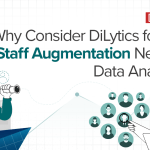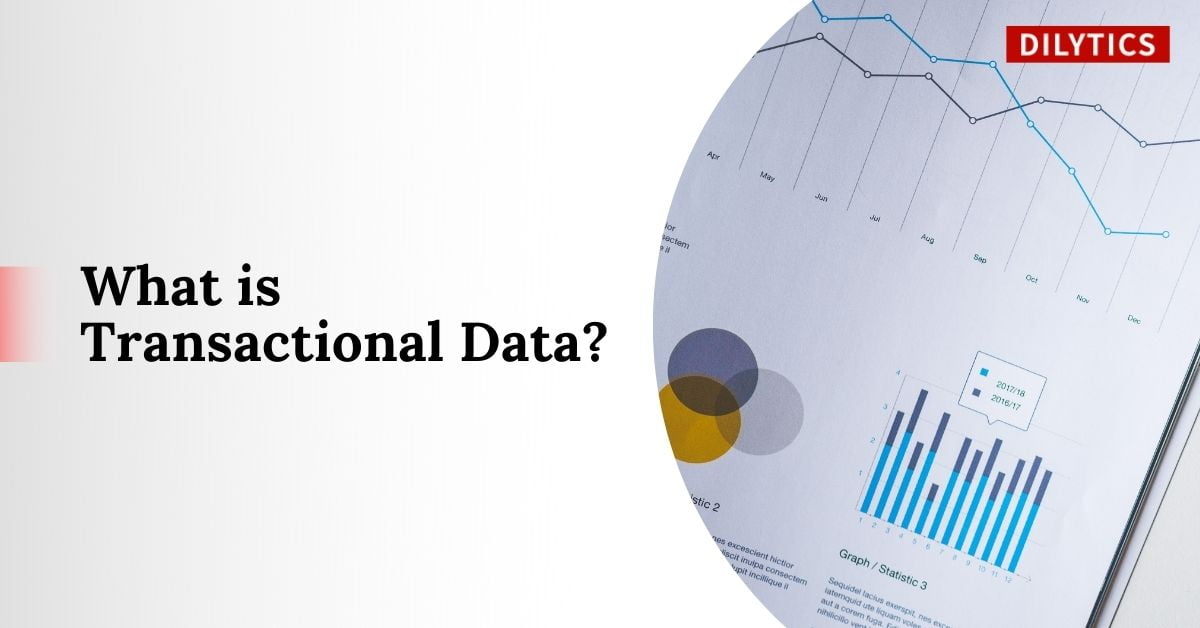Transactional data forms the foundation bed for any kind of analytical system that is built and forms an integral part of big data. Essentially it can start from manufacturing in the case of physical goods/products and covers the entire supply chain of purchasing, exports/imports, movement of goods, inventory management, sales, distribution, and customer service and also can be financial, like insurance costs or claim data and internal work-related data like employee clocked hours, etc.
In transactional systems, master data becomes primary data which doesn’t change often with every transaction. For a supplier/customer, this information doesn’t change with every transaction that happens during a period. Most of the transaction data will capture the date/time, parties involved, goods/services involved, location, cost of goods/services, discounts, mode of payment, etc.

Importance of transactional data in building analytics
When it comes to consumer marketing, transactional data is truly invaluable as they form the foundation. Transactional data is a key source of business intelligence, particularly valuable in predicting and forecasting future sales. In the world of Big Data & Analytics, granularity is essential and the ability to capture the patterns in data at the lowest level yields significant value.

When a customer selects ‘check out on their virtual cart through your mobile app, it generates transactional data in real-time. Time stamps, product information, cost of the product, quantity purchased, coupons used for redemption, payment details, etc., are captured during the sales transaction. The same process is repeated in a physical store when a customer walks in for a purchase. Each such transaction helps us to track customer behavior, and their product preferences over some time as the sample of data grows large. This helps marketers to predict the likelihood of buying a new product or cross-selling other products and improve market share and brand loyalty.
Data is only valuable if it is analyzed and utilized in an effective manner.
“83% of consumers said they want their shopping experiences personalized across channels by companies based on past purchases. McKinsey research suggests that effective personalization can increase revenues by 20- 30%. — 2020 McKinsey research.”
However, capturing high-quality transactional data with no errors or fewer errors followed by streaming and storing is essential. A clean capture of transactional data facilitates the execution of downstream analytics, the prevention of costly customer support calls, and the investigation of fraud allegations to name a few examples. Big data analytics can be applied on top of it to understand peak transaction volumes, peak data arrival rates, and peak ingestion rates. Tight Integration of Big data analytics systems with the core operational transaction processing systems will ensure that we get prescriptive insights.

For any commercial company that relies on transactions to produce a profit, gaining insight into the nature of these transactions is essential for driving informed decisions, allocating budgets most effectively, and identifying optimizations and improvements to be made consistently.
Evolution of Non-transactional data
Social media evolution has triggered most of the non-transactional, unstructured, and semi-structured data. Earlier, organizations produced most of the data which was transactional in nature but the advent of smartphones, social media, and IoT scaled up the data produced by individuals. Data from sensors, news feeds, user clicks, machine-generated log data, and gaming data, all contributed to Big Data. That way all this data from billions of devices can be is being harnessed and used for big data analytics. Hence, capturing this non-transactional data in real-time and analyzing it has become significant for most consumer-facing businesses.
Gartner predicts that by 2024, 75% of organizations will have established a Data & Analytics center of excellence (COE) to support big data initiatives and prevent enterprise failure.
Utilization of transactional & non-transactional data
Consolidation of all the transactional and non-transactional data is the premise of Big Data which can accommodate complex and varying data sources. This collection of data will become the single source of truth for enterprises as it powers all reporting and analysis. If the data is updated as the business evolves, it empowers the enterprise to utilize it for analytics and derive insights for decision-making.
This needs to manage petabytes of data led to the evolution of analytical databases like Amazon RedShift, Snowflake, Microsoft Azure Synapse, and Google Big Query. These tools can analyze huge volumes of data faster than traditional databases. Being in the cloud, make them affordable and scale up based on demand.
Conclusion
With digitization, every business has multiple relevant data points that need to be picked to learn more about themselves. If a transaction happens but is never used for analysis, it’s like a tree falling in the forest with no one around to hear. All the decisions made using data will limit the visibility if it is not captured in the right way.
If you have more data at hand than ever before but are still not sure how to utilize it to optimize your productivity and “out-think” your competition, DiLytics can help you consolidate the data and build analytics.
Reach out to us at [email protected]





